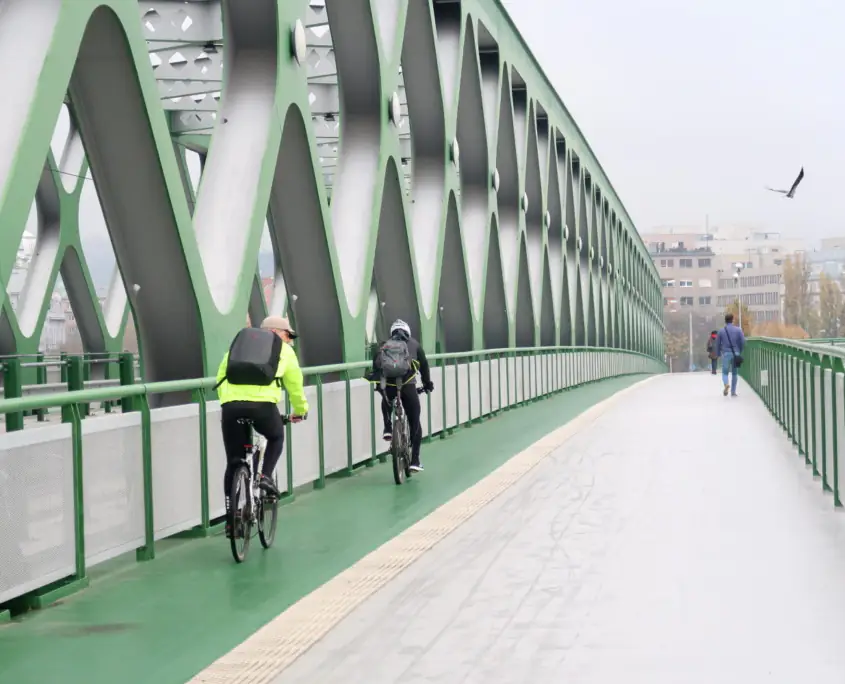Back Seat for Cars in Bratislava
Sandra Kirchner is a freelance journalist who writes for the German daily newspaper taz and other periodicals and is deputy chair of the association Klimawissen e.V. She wrote the following article during her stay in Slovakia as a fellow of the Central Eastern European Climate and Energy Policy Scholarship for Journalists project, funded by the European Climate Initiative (EUKI). Originally published in German in November 2019 in the online magazine klimareporter.de, her article tracks the bumpy road taken by a city aiming to shift its focus from cars to bicycles in the years ahead.
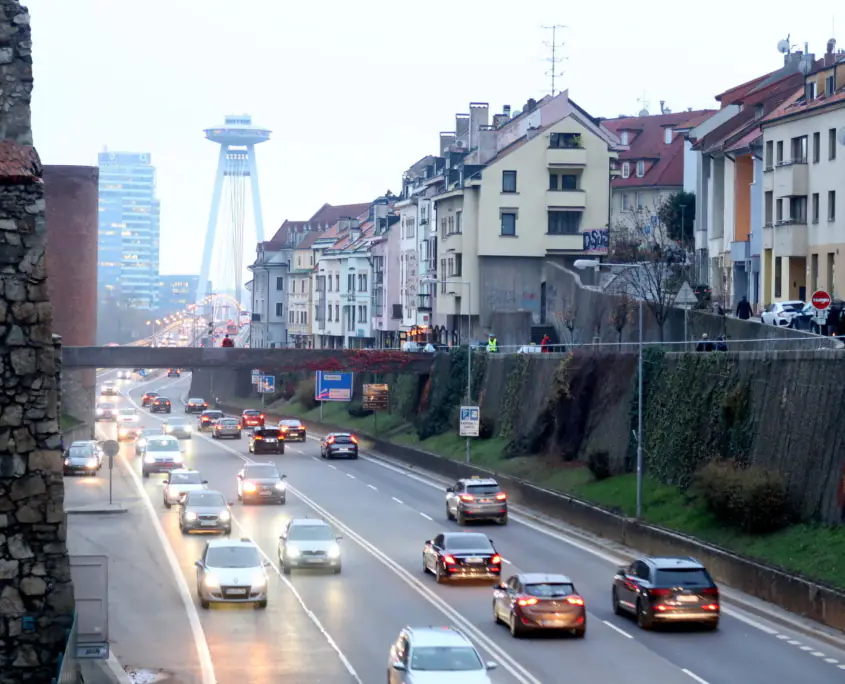
Bicycles, buses and trams are all set to play a more prominent role in the future urban landscape of the Slovak capital. But the city’s planners have yet to factor in the differing patterns of mobility shown by men and women.
Bratislava is a car capital. For decades, local politicians focused their attention on the car, as if local public transport and the bicycle were alien concepts. The very idea of installing new bus lanes was almost sacrilegious. And although politicians declared their support for cycling, policy implementation was distinctly below par.
The consequences today are clear to see: the city is crisscrossed by multilane highways like the Staromestská, which pedestrians and cyclists can only cross by underpass or overpass. Cars are left parked on pavements. And the bicycle accounts for less than two per cent of all journeys made.
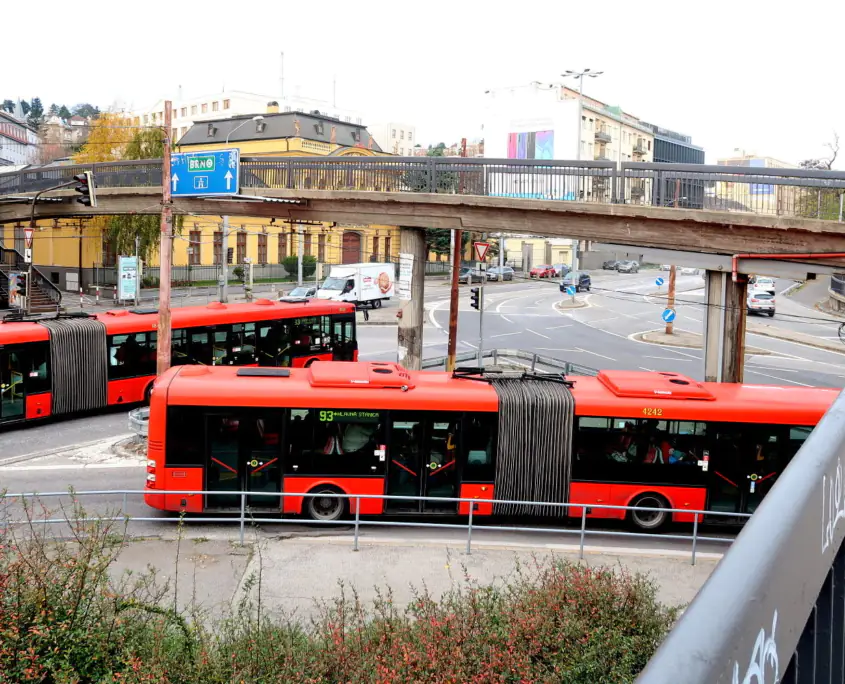
Changing all this has been the goal of architect and former activist Matúš Vallo. In collaboration with fellow activists and experts, he created an ambitious plan to make Bratislava better, more liveable and more inclusive. Armed with the ensuing Plan B, Vallo ran for mayor – and persuaded the people of Bratislava to accept the ideas the workgroup had developed. Since then, the city has been remodelling itself bit by bit.
An uphill battle for cycling activists
According to cycling activist Daniel Duriš, chair of the association Cyklokoalícia, however, little has been achieved in terms of cycling infrastructure over the past year. ‘Real progress has been very limited,’ Duriš says. ‘But as we’ve been fighting for better conditions for cyclists since setting up our association, our expectations were not very high.’
Peter Netri agrees that cycling as a mode of transport in Bratislava has made little headway in the past year. A bicycle activist himself for many years, Netri supported Matúš Vallo in developing his plan and is now responsible for sustainable mobility in the city. ‘It’s a very difficult and complex issue, because decisions need to be made on much more than cycle paths – things such as pavements, green spaces and parking,’ he explains. In effect, it’s a complete rethink of what a road or street is for. ‘We’ve got our work cut out,’ declares Netri.
The goal is that by 2030 every tenth trip is to be made by bicycle. To make that happen, the city is set to build a 76-kilometre network of cycle paths, each one clearly demarcated from neighbouring car lanes and pedestrian zones. Only then will people feel safe and choose to cycle more often, say city councillor Netri and cycling activist Duriš. ‘We currently have lots of bitty stretches of cycle path, but still no integrated network,’ explains Daniel Duriš.
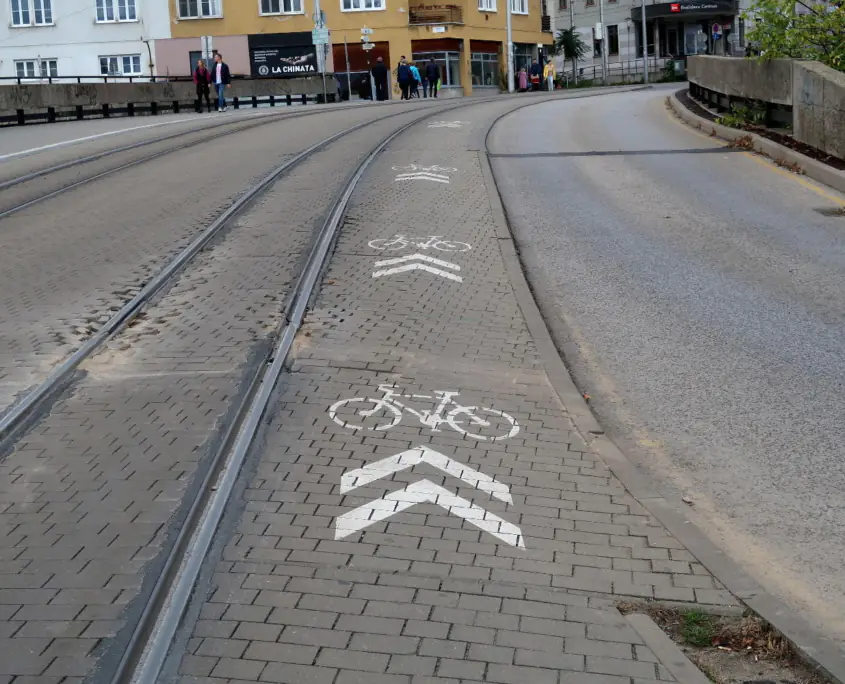
First bus lanes introduced
It was all very different just a few years ago. Bratislava had no designated infrastructure for bicycles at all. Then, in 2010, a group of pioneering cycling enthusiasts in the city got together and founded Cyklokoalícia. They wrote emails to local politicians and met with district mayors to campaign for better conditions for bikes. The first cycle lane was marked out in 2012. ‘That may not sound like a huge achievement, but for us at least it was progress,’ points out Cyklokoalícia president Duriš.
Duriš is not unhappy with the current administration. ‘The way the city communicates with its citizens has changed completely,’ the cycling activist explains. The past year has seen the clearest changes in terms of communication. Today, for example, if a road needs resurfacing or a tree needs pruning, the city publicises the measure using signs. Citizens are now also better informed via social media.
Despite the slow progress with cycle lanes, Netri has not been idle. Bratislava established several bus lanes last year, because buses were regularly getting stuck in the city’s traffic jams. ‘Some of the new bus lanes are relatively short,’ Netri explains. But they have been strategically placed at bottlenecks, where car traffic regularly comes to a standstill. ‘This has enabled us to speed up our bus system,’ states the planner. The buses are now more punctual – and save the city money, since replacement buses to resolve extreme delays are now no longer necessary.
22 kilometres of new bus lanes will be built in total. While some routes have capacity for only a few hundred cars per hour, public transport can take significantly more people where they want to go. ‘This means we will be able to move people quickly around the city,’ says Netri. So far, the authorities have reached one tenth of their target.
Women’s destinations more varied
Simply improving the infrastructure for buses, trams and bicycles is not enough, however. Transport planning must also factor in to a greater extent how the people of Bratislava live their lives. This is the view of urban planner Milota Sidorová, who works at the Metropolitný inštitút and advises Bratislava on urban development.
‘Men generally have simple patterns of movement,’ says Sidorová. Every morning they get in the car and go to work. And in the evening they mostly head straight back home.
For women, mobility is more varied. ‘Getting about is based on walking,’ Sidorová explains. Women make greater use of public transport and the bicycle. Car use is less common.
There is also more variation in their habitual destinations. For example, women may go to the kindergarten or school before work, and do the shopping or other errands after work. ‘We usually see women moving within a network of different locations one after the other in quick succession,’ adds Sidorová.
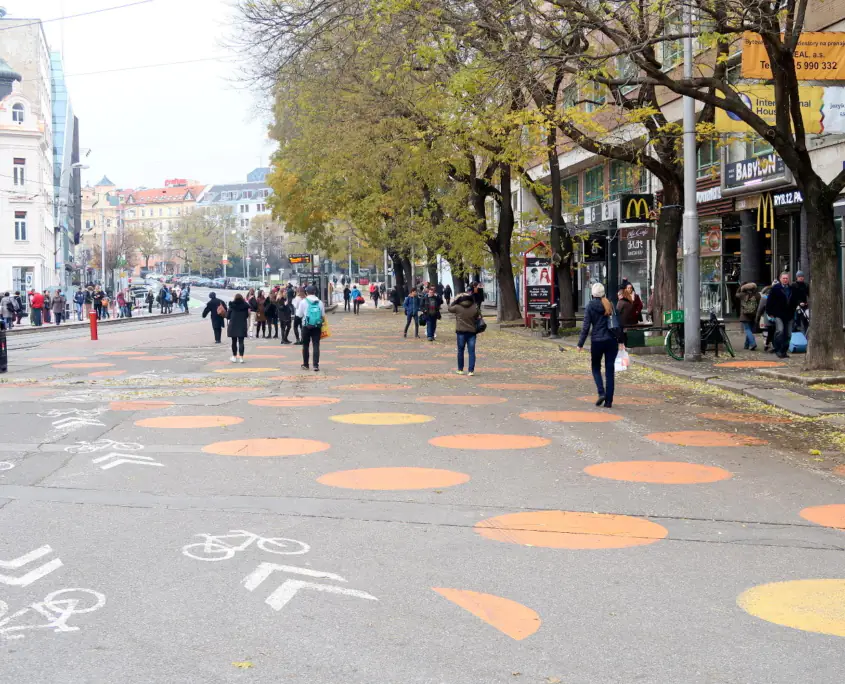
Sidorová laments the fact that urban and transport planners have failed so far to pay sufficient attention to this phenomenon of multiple successive journeys. Evidence for this can be seen in the uncoordinated scheduling of buses and trams, and the lengthy walks between individual bus or tram lines at central route intersections.
Despite this, Sidorová already sees some improvements for women. Until recently, parking on pavements was permitted almost everywhere. ‘This has far-reaching psychological consequences,’ she explains. People used to avoid these pavements where possible.
But this is all set to change over the next year and a half, since Bratislava is introducing a parking management system – something that has been lacking until now. ‘It took a lot of preparation and campaigning before the city council gave the green light for parking management,’ says Peter Netri from the city’s administration.
A rethink for the city’s newest district
A few kilometres further east, on the edge of the old town, construction work is already underway. Here, on a former industrial site, a new service sector district is being built. Twin City ranks as one of the largest inner-city regeneration projects to be undertaken in Central Europe in recent years.
Mayor Vallo and his team have urged the developers to revise the plans already approved. The original plans had streets that were too wide, and traffic islands and pavements that were not wide enough. Some of the planned infrastructure was already in place. ‘The developers could see for themselves that the traffic islands were too narrow for pedestrians,’ states Netri. So car traffic in Twin City is now being squeezed in favour of public transport, cyclists and pedestrians.
And the new district has done away with pedestrian underpasses and overpasses, since they are considered unsafe places with higher crime rates. ‘People try to avoid dark places like underpasses,’ says Sidorová, who believes this kind of infrastructure no longer has a place in cities and should be removed.
Instead, well-designed squares provide shade and privacy without shielding or isolating people completely. For Sidorová, seeing more women than men sitting in a square is a sign of safety. ‘Women are subconsciously more likely to choose places that are safe and clean,’ the urban planner points out. The only places that are even safer are those where children congregate alone. And that’s why planners should take their needs into account.
